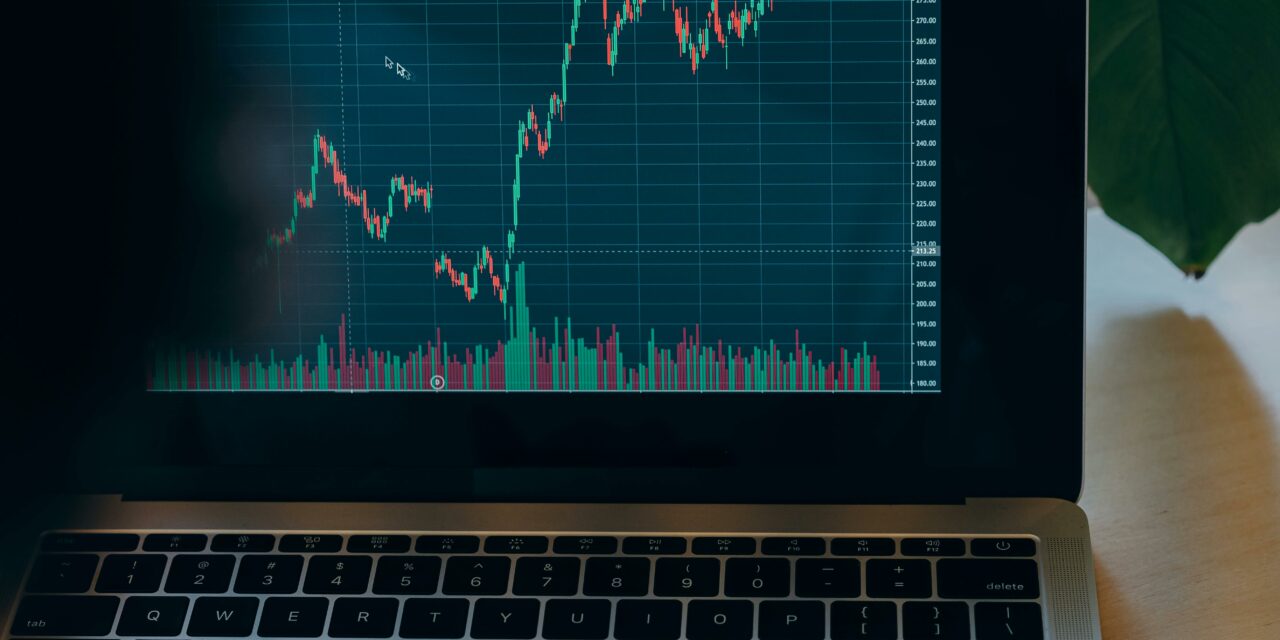The Gap, Inc. (GAP) showed up on our list of compressed stocks this morning. The compression signal tells us to expect a big move within the next few weeks. GAP has a history of making big moves after a compression signal. Normally in this situation we like to buy the straddle. The problem is, options investors are expecting a big move as well.
The 2-month Implied volatility is high. That is because investors are pushing up option prices in anticipation of multiple events. We have an election, and a Fed meeting next week. Plus, GAP has an earnings report due on November 21st. The good news is that along with the compression signal, GAP also has a volatility skew that we can take advantage of. We will be talking about how we determined the best strategy for this situation in our ODDS Online Coaching session today at 2 pm ET. If you can’t attend the live session, don’t worry. We will post the recorded session later.


This Volatility Term Structure chart for GAP shows us the implied volatility for the at-the-money options for each expiration. You can see the implied volatility start to rise in anticipation of events next week, then volatility spikes much higher for options expiring November 22nd. That expiration is higher than any other term. It will be the first term expiring after the expected earnings announcement. Then volatility expectations start to fall. Implied volatility of the December 20th expiry options is lower than the IV of the 3 previous expirations. That said, the options are still relatively expensive. We are targeting this term because of liquidity. To solve the “expensive” problem, we can exploit the skew (see page 5).

This MDM graph compares the modeled expected distribution for future stock prices (the orange line) with the actual distribution of GAP’s share prices over the past year (the blue histogram). You can see that the modeled distribution expects bigger moves than the stock has actually made in the past year. With the compression signal, we were expecting the same thing. This graph tells us that our favorite straddle strategy will likely cost too much to be effective. However, we have a different strategy that can take advantage of the higher costs of options.

This Volatility Skew chart shows the implied volatility of the options at each strike price for the December 20th expiration. This skew is so steep that it will let us sell one expensive option and buy two less expensive options for a net credit. This strategy called a ratio backspread, lets us keep our neutral big move expectation at a lower risk and a higher probability of profit than the straddle. We get to enter the trade for a net credit, which means someone else is paying us to enter the trade.

To access Odds Online Daily and be able to see any stock you are tracking in this software, click here.
Thank you,
Don Fishback











Recent Comments